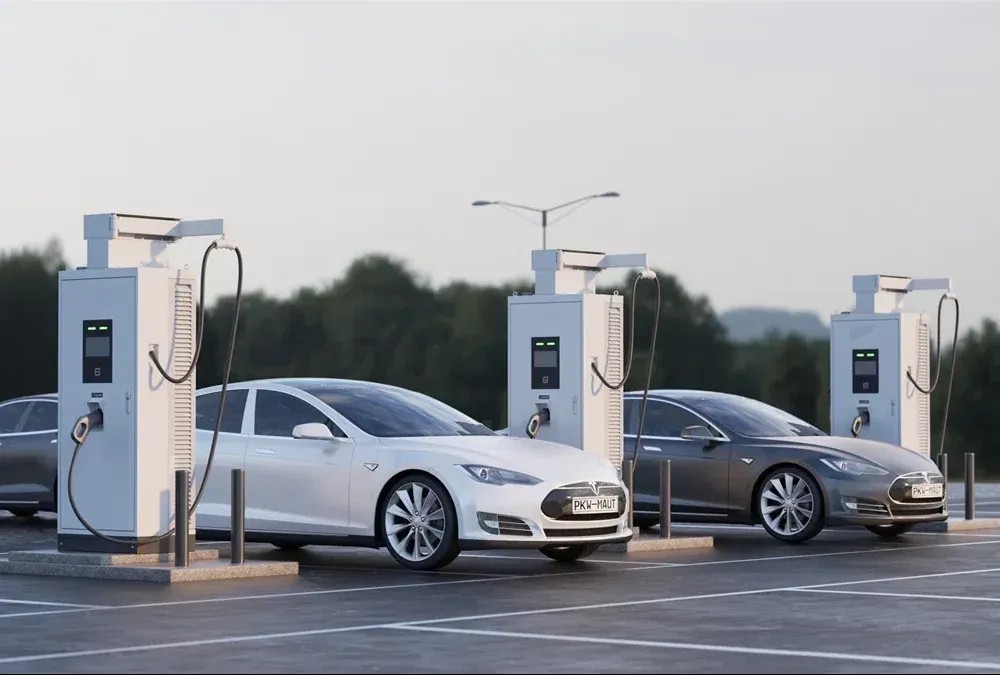Understanding IP and IK Ratings: Protecting Your EV Charging Investment
Introduction
As electric vehicle (EV) adoption accelerates worldwide, the demand for reliable, durable, and weather-resilient EV charging infrastructure continues to grow. For businesses investing in EV chargers, selecting equipment that can withstand environmental exposure and physical damage is critical to long-term success.
Two globally recognized standards—Ingress Protection (IP) and Impact Protection (IK) ratings—help determine how well China EV chargers perform under harsh conditions. Understanding these ratings is essential for choosing the right charging stations for your installation environment, whether it’s a residential garage, public parking lot, or roadside charging hub.
What Are IP Ratings?
Ingress Protection (IP) ratings are defined by the international standard IEC 60529 and measure the degree of protection electrical enclosures offer against dust, debris, and water. Think of them as a “weather resistance” grade for your charger.
An IP rating consists of two digits:
- The first digit (0–6): protection against solid particles (e.g., dust, dirt).
- The second digit (0–9): protection against liquids (e.g., rain, water jets, immersion).
Common IP Ratings in EV Chargers
RatingDust ProtectionWater ProtectionBest forIP54Limited dust ingressWater splashes from any angleOutdoor residential or covered commercial areasIP65Fully dust-tightLow-pressure water jetsIndustrial zones, exposed outdoor locationsIP67Fully dust-tightTemporary immersion in waterFlood-prone areas, exposed highway installations
✅ Key Insight: Higher IP ratings mean greater resistance to environmental exposure, but they may also come with increased cost.
What Are IK Ratings?
Impact Protection (IK) ratings, defined under IEC 62262, assess an enclosure's resistance to mechanical impact, such as vandalism, accidental collisions, or harsh handling.
IK ratings range from IK00 (no protection) to IK10 (highest protection). Each level corresponds to the amount of energy (in joules) the enclosure can withstand from a given impact.
Common IK Ratings in EV Charging Equipment
RatingImpact ResistanceApplicationIK08Withstands 5 joules (e.g., 1.7kg dropped from 30cm)Moderate-risk areas (e.g., corporate parking lots)IK10Withstands 20 joules (e.g., 5kg dropped from 40cm)Public spaces, city streets, high-traffic locations
✅ Tip: The higher the IK rating, the better the protection against vandalism or accidental impacts—critical for chargers in unattended or urban areas.
IP vs. IK Ratings: Key Differences
AspectIP RatingIK RatingFocusProtection from dust and waterProtection from mechanical impactStandardIEC 60529IEC 62262RelevanceWeatherproofing, waterproofingDurability, vandalism resistanceApplication ExamplesOutdoor environments, rainy climatesHigh-traffic areas, public installations
Both ratings work together to ensure chargers are protected from their operating environment and physical threats.
How to Choose the Right IP and IK Ratings for Your EV Charger
1. Evaluate Installation Environment
- Outdoor settings: Aim for IP65 or higher to ensure protection against rain, dust, and weather extremes.
- Dusty industrial zones: Use IP65 or IP67 to prevent particle ingress.
- Flood-prone or coastal areas: Consider IP67 for temporary water immersion.
2. Assess Exposure to Physical Damage
- Public parking lots or streets: Use IK10-rated chargers to protect against vandalism or accidents.
- Secure or private areas: IK08 may be sufficient in areas with lower risk.
3. Consider Traffic Volume and Vandalism Risk
The more people around your chargers, the greater the risk of damage:
- Urban areas, schools, shopping centers: Choose higher IK ratings.
- Warehouses or private garages: Lower IK ratings may be acceptable.
4. Balance Protection and Cost
Higher IP and IK ratings come at a higher price—but they also reduce long-term costs associated with:
- Maintenance and repairs
- Premature replacements
- Service downtime
Striking the right balance between budget and protection needs is key to maximizing ROI.
5. Consult an Expert
If you’re unsure, consult an EV charger manufacturer or installer familiar with your local environmental conditions and risk factors. They can recommend the optimal rating for your use case.
Conclusion
As the EV market expands, ensuring your charging infrastructure is built to last is more important than ever. IP and IK ratings are vital tools in selecting EV chargers that can withstand both environmental exposure and mechanical stress.
By understanding what these ratings mean and assessing your installation site’s unique challenges, you can make informed decisions that protect your investment, enhance user safety, and ensure long-term reliability.
🚗 Future-proof your business by choosing chargers with the right IP and IK protection—and deliver reliable charging experiences your customers can count on, rain or shine. Know more about Google SEO Directory





Comments